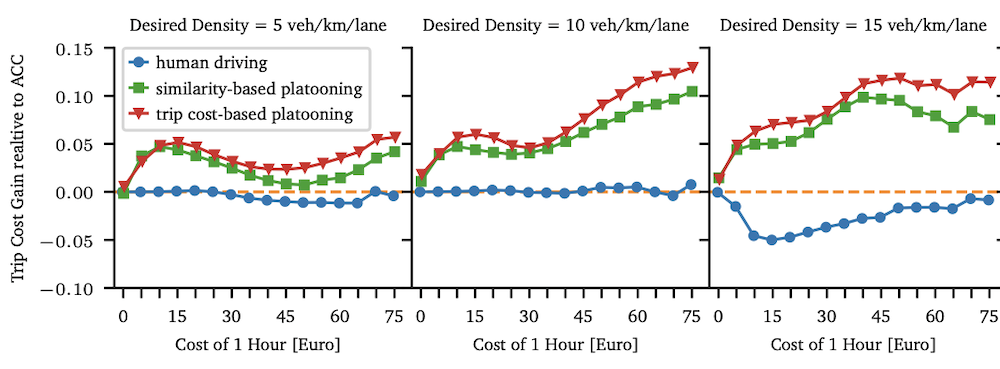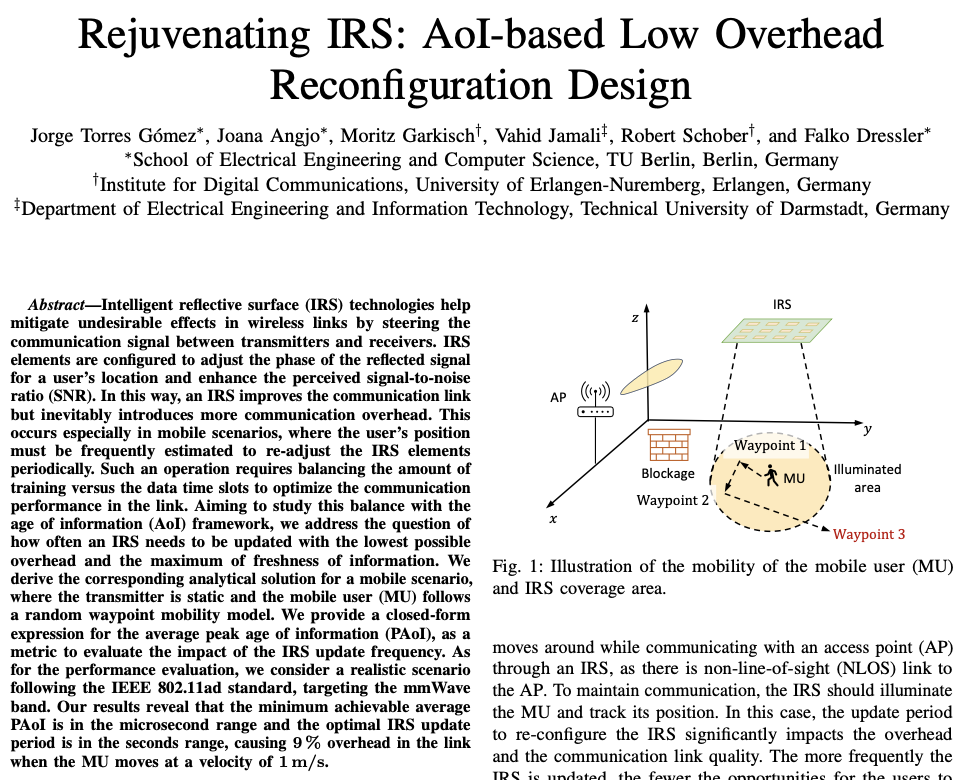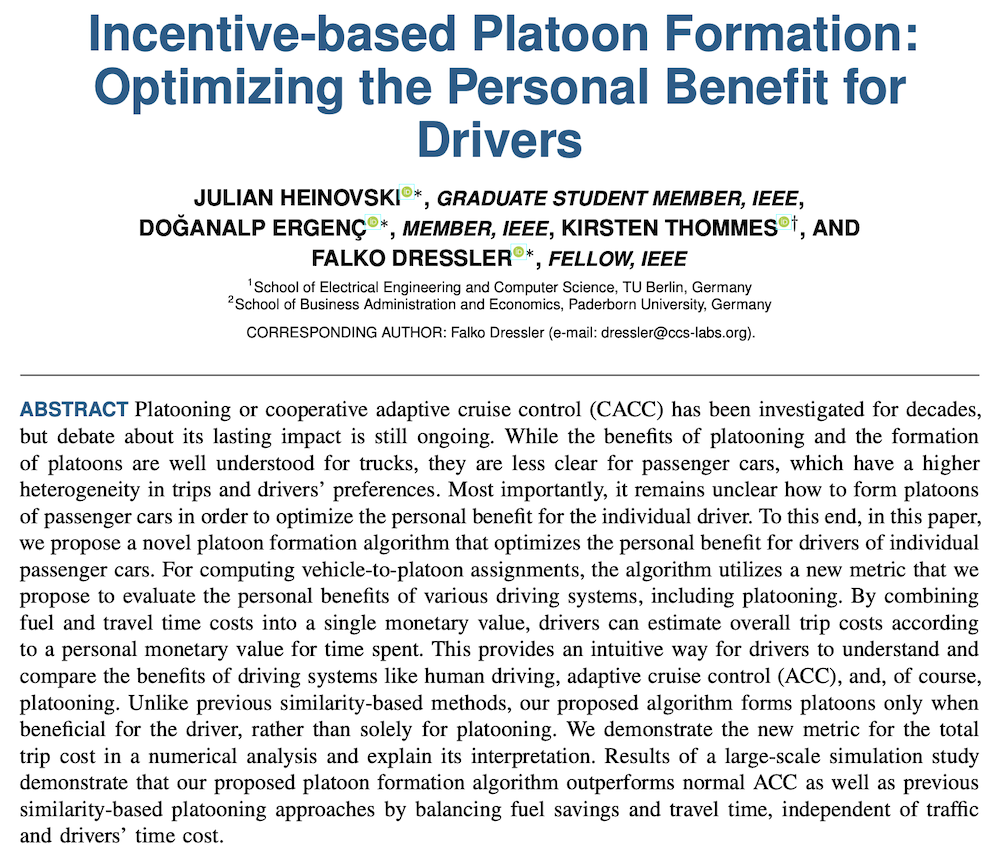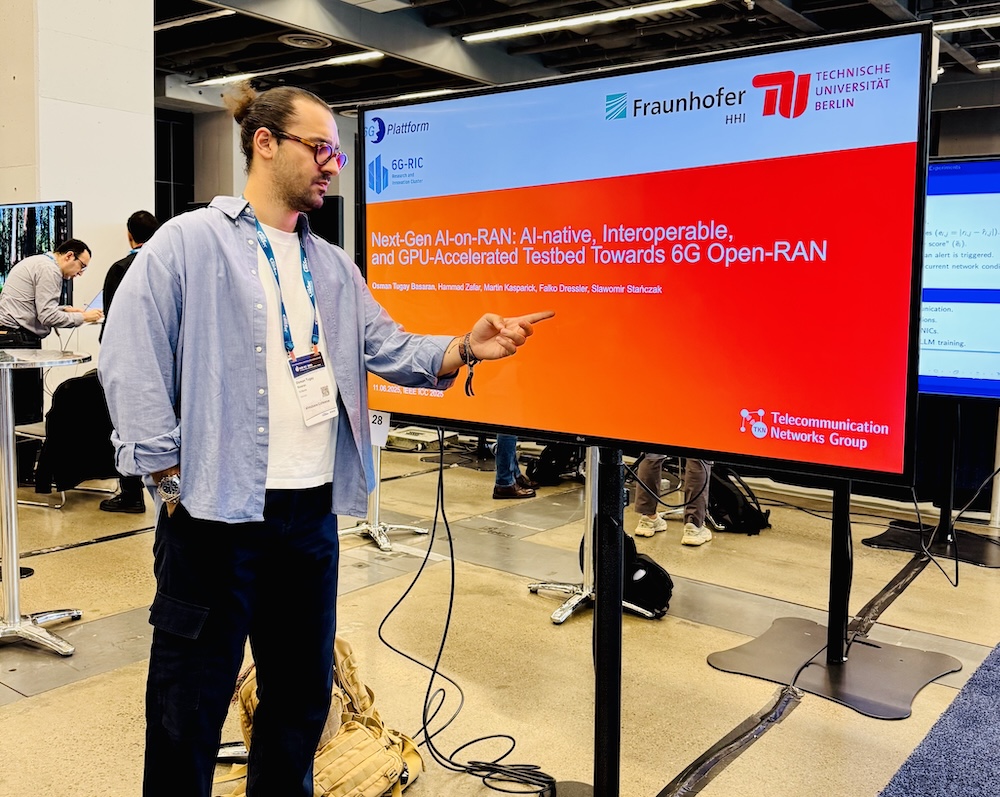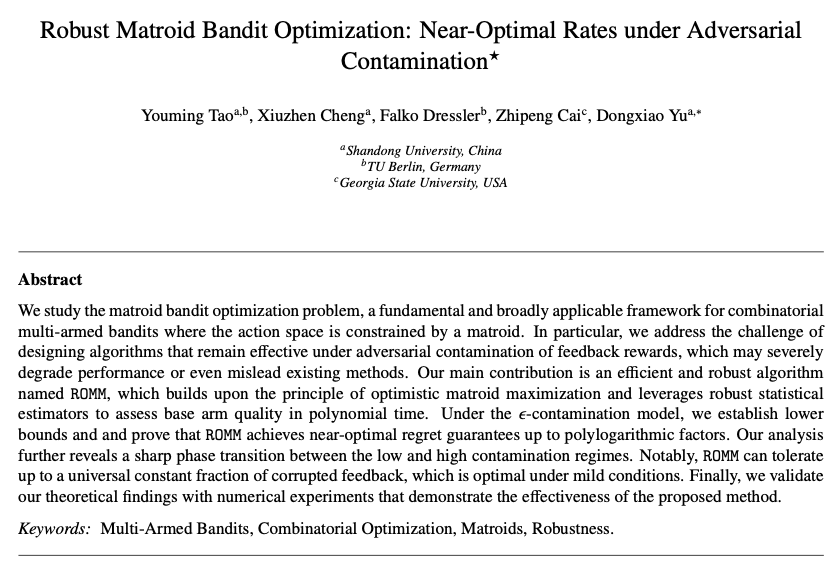Literature Database Entry
santos2017wireless
Pedro Santos, "Wireless Protocols and Channel Estimation for Data Gathering with Mobile Nodes," PhD Thesis, Faculdade de Engenharia, Universidade do Porto, May 2017. (Advisors: Ana Aguiar and João Barros; Referee: Falko Dressler)
Abstract
Data collection is a powerful application in scenarios where mobile and static agents work towards a common goal, as it provides the commanding agent with information about the monitored processes and agents. Mobile and vehicular ad hoc networks (M/VANETs) are a steadfast platform over which data collection applications can be built. Static nodes interact with the M/VANET as data sinks, that interface the ad hoc network with cloud-based services, or as sensor nodes deployed throughout the target field, that regard the mobile network as a dependable communication backhaul. The relevance of our target application - data collection applications over ad hoc networks with mobile and static nodes - motivates the development of dedicated network design solutions addressing scenario characterization, infrastructure planning and network operation. Our thesis aims to show that the design of such solutions can be improved by the use of measurements and datasets from the target scenario. The development of wireless applications requires an accurate characterization of the electromagnetic signal propagation. Propagation behaviour may vary considerably between scenarios due to circumstantial factors such as obstacle density, reflections and noise sources. Empirical channel models aim to capture the behaviour of propagation in a given scenario from measurements of received signal strength and distance between wireless terminals. In some cases, measuring the actual distances between terminals may be difficult or impossible, for instance in mobile scenarios. We address the problem of path loss model parameter estimation in presence of erroneous distance measurements, in particular those obtained from the GPS positions. Our main conclusion is that the path loss model can be estimated with a reasonable accuracy from unreliable distances, provided that the measurements are taken at distances beyond a few standard deviations of the GPS positioning error. In case the maximum communication range does not allow such large distances, we provide a method to correct the erroneous channel model. Field experiments were undertaken to collect measurement data in order to validate our approach. In a number of scenarios, static sensor nodes can harness vehicular backhauls for collecting data to a base station. The interface between sensors and backhaul can be provided by dedicated communication hubs, and network designers can use mobility and connectivity datasets from the target scenario to conduct a hub placement that ensures service requirements while utilizing minimum resources. We address the challenge of placing static wireless nodes over large areas (e.g. at city scale) and driven by infrastructure-to-vehicle (I2V) service requirements, alongside other end-system, logistic and communication constraints. We formulated an optimization problem and developed a solution strategy that minimizes the number of necessary static nodes by mapping our problem into an instance of the Set Cover problem. Our solution strategy involves an model of I2V transfers estimation over large areas that builds on an experimental characterization of throughput and data transfers at the target scenario. Our placement strategy attains less 20% hubs than sensor nodes, and estimates of our model of I2V data transfers fall within one order of magnitude of measurements collected on site. In the operation of a base station-centric collection protocol over an ad hoc network of mobile and static nodes, beaconing is a straightforward strategy to indicate the direction to the sink. Protocols that set up static routes (such as spanning trees) from periodic beacons are bound to suffer from routing information degradation at the nodes, which leads to performance impairments as we show for a reference protocol. We study a protocol design based on wireless broadcast and opportunistic routing so that traffic is not restrained to rigid routes. Given that link-level reliability becomes impractical, network coding is introduced to provide end-to-end reliability. The opportunistic forwarding is expected to contribute to the coding strategy by promoting packet mixing and increasing the number of degrees of freedom arriving to the base station. We set up a simulation framework over connectivity traces from a real-world vehicular testbed, and carry out extensive design-space exploration and benchmarking against a reference structured protocol. Our results support a number of recommendations regarding the practical design of network coding protocols for scenarios with mobility, and clarify the conditions in which our solution exhibits better resilience to routing information degradation.
Quick access
Contact
Pedro Santos
BibTeX reference
@phdthesis{santos2017wireless,
author = {Santos, Pedro},
title = {{Wireless Protocols and Channel Estimation for Data Gathering with Mobile Nodes}},
advisor = {Aguiar, Ana and Barros, Jo{\~{a}}o},
institution = {Faculdade de Engenharia},
location = {Porto, Portugal},
month = {5},
referee = {Dressler, Falko},
school = {Universidade do Porto},
type = {PhD Thesis},
year = {2017},
}
Copyright notice
Links to final or draft versions of papers are presented here to ensure timely dissemination of scholarly and technical work. Copyright and all rights therein are retained by authors or by other copyright holders. All persons copying this information are expected to adhere to the terms and constraints invoked by each author's copyright. In most cases, these works may not be reposted or distributed for commercial purposes without the explicit permission of the copyright holder.
The following applies to all papers listed above that have IEEE copyrights: Personal use of this material is permitted. However, permission to reprint/republish this material for advertising or promotional purposes or for creating new collective works for resale or redistribution to servers or lists, or to reuse any copyrighted component of this work in other works must be obtained from the IEEE.
The following applies to all papers listed above that are in submission to IEEE conference/workshop proceedings or journals: This work has been submitted to the IEEE for possible publication. Copyright may be transferred without notice, after which this version may no longer be accessible.
The following applies to all papers listed above that have ACM copyrights: ACM COPYRIGHT NOTICE. Permission to make digital or hard copies of part or all of this work for personal or classroom use is granted without fee provided that copies are not made or distributed for profit or commercial advantage and that copies bear this notice and the full citation on the first page. Copyrights for components of this work owned by others than ACM must be honored. Abstracting with credit is permitted. To copy otherwise, to republish, to post on servers, or to redistribute to lists, requires prior specific permission and/or a fee. Request permissions from Publications Dept., ACM, Inc., fax +1 (212) 869-0481, or permissions@acm.org.
The following applies to all SpringerLink papers listed above that have Springer Science+Business Media copyrights: The original publication is available at www.springerlink.com.
This page was automatically generated using BibDB and bib2web.

